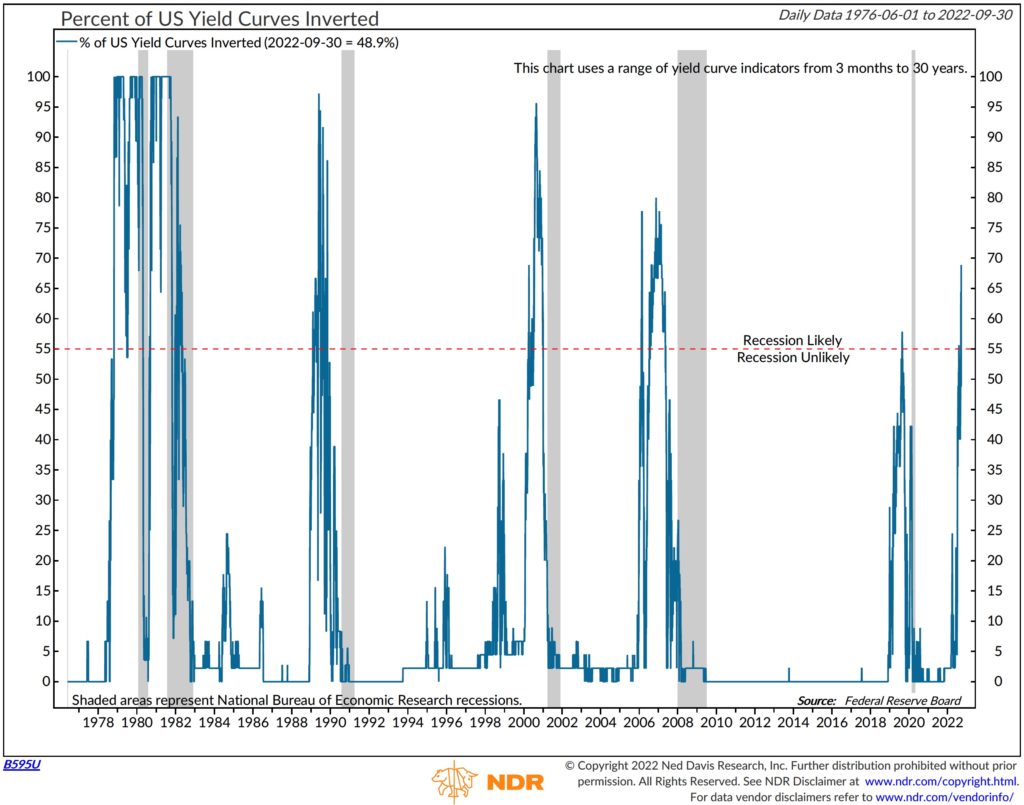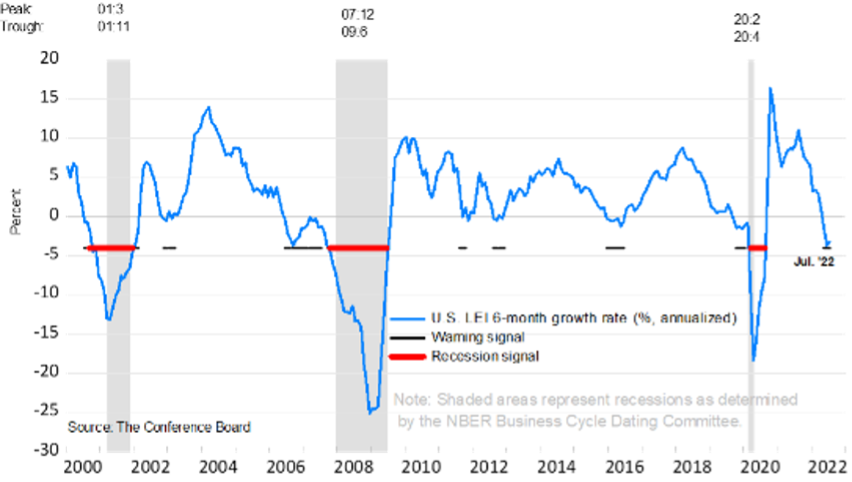PODCAST
After hurricanes, when to rebuild and when to retreat
Is this hurricane season a tipping point?
It’s possible that I shall make an ass of myself. But in that case one can always get out of it with a little dialectic. I have, of course, so worded my proposition as to be right either way (K.Marx, Letter to F.Engels on the Indian Mutiny)
PODCAST
Is this hurricane season a tipping point?

There are tough questions about rebuilding in the United States after Hurricane Ian in Florida and Hurricane Fiona in Puerto Rico. In Florida, the damage is in the tens of billions of dollars, and a crisis for insurance companies means that recovery will only be more difficult. So how do you decide when it is better not to rebuild, but to start again somewhere else?end of list
In this episode:
Episode credits:
This episode was produced by Alexandra Locke with Chloe K Li and our host, Halla Moheiddeen. Chloe K Li and Ashish Malhotra fact-checked this episode. Our production team includes Chloe K Li, Alexandra Locke, Ashish Malhotra, Negin Owliaei, Amy Walters, and Ruby Zaman. Our sound designer is Alex Roldan. Tim St Clair mixed this episode. Aya Elmileik and Adam Abou-Gad are our engagement producers. Ney Alvarez is Al Jazeera’s head of audio.
In Nigeria's food basket state, floods wash away homes, crops and hope

Victoria Okonkwo sits in a canoe as neighbours paddle her away from her house in Nigeria's food basket, Benue state, which is now under water – along with more than 100,000 hectares (247,100 acres) of farmland.
"It was last week that it started, so I left thinking that the water will not be this much," Okonkwo, 45, told Reuters. "Now I am displaced with my children." Okonkwo is among at least half a million Nigerians affected by flooding in 29 of Nigeria's 36 states this year. Farmers say the rising waters will push food bills higher in a nation where millions have fallen into food poverty in the past two years.
Farming was constrained by flooding and food shortages and COVID-19 restrictions in 2020. Prices shot higher due to this year's war in Ukraine and nationwide insecurity that has pushed thousands of farmers off their land. "This is a catastrophe indeed," said Dimieari Von Kemedi, chief executive of Alluvial Agriculture, a farm collective. "All of these wrong things are happening at the same time."
Farmer Tersoo Deei, 39, said 2 hectares (5 acres) of her rice and nearly all her soybeans in Benue were underwater. What she had harvested she has to sell now, before it has dried, because her house washed away. "I do not have any option but to sell my rice paddy because there is nowhere to keep it," the mother of four told Reuters.
Nigeria-based commodities exchange AFEX estimates flooding and other factors will cut maize output by 12% year on year, and rice by 21%. That is a serious problem for a nation where inflation hit a 17-year high in August, led by food inflation at 23.12%. "What we are seeing currently is the worst case... at least in the last decade," David Ibidapo, AFEX's head of market data and research, said of the flooding. "This is a very big challenge to food security."
Volatility in Europe's oil and gas market ‘is thwarting global climate targets’
:quality(70)/cloudfront-eu-central-1.images.arcpublishing.com/thenational/T4R3IQNQZO5FV3HFIXTIOTZHW4.jpg)
Meg O'Neill, chief executive and managing director of Woodside Energy,
said disruption to oil and gas supplies in Europe has caused concern in Asia. Bloomberg
Disruption to Europe's oil and gas supplies due to the war in Ukraine and the sabotage of the Nord Stream pipelines has resulted in knock-on negative effects for the global effort to lower methane emissions, climate delegates were told on Wednesday.
Russia has denied it was behind recent leaks in the pipelines under the Baltic Sea which saw colossal amounts of methane emitted into the atmosphere. President Vladimir Putin accused the US of "sabotaging" the vital infrastructure.
Methane can represent more than 80 times the warming power of CO2 over the first 20 years after it reaches the environment. The drive to reduce methane emissions was discussed by delegates at the Energy Intelligence Forum in London on Wednesday, where speakers pointed out it was the best opportunity the industry has to slow the rate of global warming.
Meg O’Neill, chief executive and managing director of energy giant Woodside Energy, said the geopolitical challenges gripping Europe have had a ripple effect across other markets and caused coal use to increase elsewhere.
“It’s been really interesting watching what’s been happening in the world, particularly over the last six months,” she said.
“One of the things that we've seen as energy flows to Europe have been disrupted [is that] most of our businesses in Australia and Asia … are very, very concerned about energy security. They are taking steps to try to strengthen their inner energy, their diversity of supply source and where they can, their ability to self-generate.
“From a climate perspective, this has had the outcome of many nations using more coal, so it's not a good outcome. What's happening today with respect to the supply side upsets is driving bad outcomes from a climate perspective.”
Woodside Energy, one of Australia’s largest oil and gas companies, is striving to honour a pledge to achieve zero methane emissions by 2030.
It is one of a string of companies who have latched on to the international movement spearheaded by fossil fuel industry figures.
Ms O’Neill stressed the importance of collaboration between firms and customers “to help them understand the pathway to execute an energy transition and how to do that in an orderly way”.
One of the challenges en route to net zero is that policymakers will always be concerned about the short-term energy needs of their people and thus be drawn towards instant solutions which are not always eco-friendly.
“At the end of the day, all politics are local and politicians are concerned about how do I keep the lights on for my community, how do I keep energy bills down for the citizens that live here,” Ms O’Neill said.
“Unfortunately, that's leading to some outcomes that are not positive from a climate perspective. So we have a role to play to continue to provide the energy that the world is using today in a way that is reliable and affordable, and to work with our customer nations in terms of carbon emissions.”
Australia under pressure to revise tax cuts following UK chaos

CANBERRA (Oct 5): The Australian government is under pressure to reconsider tax cuts for high-income earners due in mid-2024 after the chaotic fallout from the UK's planned fiscal boost via the abolition of its top rate.
Australia intends to scrap its 37% tax rate in favour of a 30% bracket for people earning between A$45,000 and A$200,000 (RM134,723 and RM598,769) annually at an estimated cost of more than A$200 billion over 10 years. The upper 45% tax rate would remain in place.
The cuts were legislated in 2018 and 2019 under the previous centre-right Liberal-National government and the Labor party pledged to keep them prior to winning the May 2022 election.
Pressure to scrap or revise the cuts intensified after the UK was forced to abandon plans to abolish its 45% top rate shortly after Prime Minister Liz Truss took office.
Her government's unfunded proposal sparked a plunge in the pound and criticism from the International Monetary Fund as it threatened to exacerbate inflationary pressures that central banks are rapidly hiking interest rates to try to rein in.
The Australian Financial Review reported on Wednesday on growing pressure inside the Labor government to at least modify the tax cuts in the budget. Left-wing parties that hold the power to pass or block legislation in the Senate, or upper house, have been calling for the policy to be ditched since May.
Treasurer Jim Chalmers, who delivers his first budget on Oct 25, said this week that the UK was a "cautionary tale" about what happens when fiscal and monetary policies run at cross purposes.
Chalmers said while he was standing by the tax cuts for now, "any responsible government sees what's happening in the UK and factors that into their own considerations".

Analysis | The Bank of England Promotes Moral Hazard — Again.

Together, they reflect the evolution at the heart of the global financial order: No longer is the system based around banks; rather, it is increasingly centered around markets. It’s an important distinction, with wide-ranging implications.
When banks served as gatekeepers, central bankers had a simpler life. To fulfill their obligation to ensure financial stability, they served as lenders of last resort to banks – a role they fulfilled extensively during the global financial crisis. By restricting the number of banking licenses, they maintained control of the sector and by extension the financial system.
But over the years, lenders ceded market share to a diverse roster of financial institutions. Twenty years ago, banks held 46% of global financial assets, according to data from the Financial Stability Board; that’s now down to 38%. In contrast, non-bank financial institutions – comprising insurance companies, pension funds and others – make up 48%, up from 41% in 2002. While the trend reversed briefly during the global financial crisis of 2008, it resumed its prior course at an accelerated rate shortly afterward.
To fund their operations, non-bank institutions rely on wholesale markets and, in particular, government bonds, which serve as collateral allowing them to borrow. Many also use the same collateral to support hedging programs.
The system has many merits, providing institutions ready access to financing and hedging solutions using the security of a safe, liquid asset. But it does have an unfortunate tendency towards pro-cyclicality: periods of market turbulence can drive sharply higher collateral requirements, which can prompt more turbulence if that leads to forced selling – such as we saw in the UK last week.
In the past, banks may have stepped in to manage the fallout, but due largely to tighter post-crisis rules on trading and capital, their balance sheets have been left very small relative to the size of collateral markets. In the UK, for example, the assets of UK government bond market makers have fallen by 25% since 2008 at the same time as the stock of UK government bonds outstanding has increased by 2.7 times.
So when the gilt market wobbled last week, there was no one left other than the Bank of England with the firepower to intervene.
Fortunately, the BOE had already laid the groundwork. In January 2021, its executive director for markets, Andrew Hauser, made a speech in London outlining a case for its role as “market maker of last resort.” Central banks had already broadened their focus from backstopping banks to backstopping markets. But given the shifting sands under the overall system, he warned that the pace may increase: “There is every reason to believe that, absent further action, we will see more frequent periods of dysfunction in the very markets increasingly relied on by households and firms.”
When it came, that dysfunction didn’t show up only in gilt markets but in energy markets, too, where greater volatility strained funding among participating companies. Here, the bank had a ready-made solution borrowed from its traditional playbook: Any energy company “in sound financial health” would be able to approach the bank as a lender of last resort.
All the features of Walter Bagehot’s famous dictum are evident in the scheme: The bank will lend freely, to sound institutions, against good collateral, at rates materially higher than those prevailing in normal conditions. The only difference is that banks won’t be the ultimate beneficiary of the funding (even though they may be used as conduits) – rather, it’ll be firms that “make a material contribution to the liquidity of UK energy markets.”
While central banks have adapted to the new reality of markets, other participants remain fixated by the old paradigm, where the vulnerability lies with intermediaries rather than markets themselves. The widening of Credit Suisse Group AG credit spreads and the plunge in its stock price aren’t great news for its investors, but they are unlikely to presage a “Lehman moment.” Similarly, the selloff in UK life insurance stocks when the UK government bond market sold off last week reflected their role as intermediaries. BlackRock Inc., one of the largest managers of pension funds under pressure, put out a press release reminding investors that “we are not a trading counterparty to these risk-mitigation strategies.”
For years, we got used to the concept of moral hazard in banking – the lack of incentive for banks to guard against financial risk given their protection from potential consequences. Post-crisis reform may have tamed that hazard among banks, but it could be spreading elsewhere. A recent regulatory review of the policy response to market turmoil in March 2020 concluded that clients “varied in their level of preparedness for margin calls.”
In the event, even the ill-prepared benefited from central bank actions. If that’s the lesson others take away, it will have the effect of incentivizing risk not just in the UK, but everywhere.
Analysis | UK Pension Funds Shouldn’t Be This Exciting
The UK pension funds’ embarrassment shows how subtle those risks can be. The funds used derivatives, so they believed, to hedge their positions — that is, to make their portfolios safer. Using a popular technique called “liability driven investment,” they guarded against the risk that lower interest rates would increase their liabilities (the present value of future pension payments) more than it boosted their assets (government bonds, stocks and other investments). They did this, in effect, by borrowing to increase their exposure to government bonds.
Unfortunately, reducing the risk from lower interest rates failed to take account of the possibility that rates might abruptly and dramatically rise — which is what happened after the UK government announced a reckless new fiscal policy on Sept. 23. Higher rates (lower bond prices) reduced the pension funds’ long-term liabilities — but also caused the funds’ derivative counterparties to demand more collateral up front. That meant selling bonds, driving their prices still lower, which called for more collateral, and so on — a vicious cycle that, for many, evoked the Lehman Brothers moment of 2008.
The Bank of England interrupted this downward spiral by promising to buy bonds at “whatever scale is necessary” to restore orderly markets. It’s too soon to say how the story ends. The debacle has made investors everywhere more anxious, and the central bank’s intervention, to put it mildly, complicates its efforts to tighten monetary policy and curb inflation.
For regulators, the lesson is this: The details of last week’s breakdown are new, but the central dynamic isn’t. Just about every case of financial contagion and crisis, from the 2008 mortgage meltdown to last year’s implosion of Archegos Capital Management, shares the same basic features.
The more leverage held by non-banks such as pension funds, hedge funds and insurers, the greater the chance that dislocations will proliferate and threaten the broader system. Regulators limit bank leverage by imposing capital requirements. In the world of so-called shadow banking, this is largely up to the counterparties. In good times, they often set collateral requirements too low, leading to huge calls for additional collateral in bad times, when markets are most stressed and least able to deliver it.
Back in 2018, the Bank of England was aware that pension funds would be hit with margin calls when interest rates went up — yet concluded all was well. Its worst-case scenario envisaged interest rates rising by 100 basis points. At the time, that seemed a lot. Already moving up, they spiked by more than that in the space of a few days — and would have gone up much more if the bank hadn’t stepped in.
Regulators need to remember that low-probability events aren’t zero-probability events: Eventually they happen, and when they do, the damage can be huge. Looking beyond banks across the ever-widening landscape of non-bank finance, they need to examine leverage in all its forms more closely — and set margin requirements and other rules that reflect how much markets can move when things go wrong.
One day, if regulators do their job, pension funds will be boring again.
More From Bloomberg Opinion:
• UK Pensions Got Margin Calls: Matt Levine
• Problems Facing the Gilt Market Aren’t Unique to the UK: Richard Cookson
• Corporate Bond Doomsayers Are a Little Premature: Jonathan Levin
The Editors are members of the Bloomberg Opinion editorial board.
More stories like this are available on bloomberg.com/opinion



